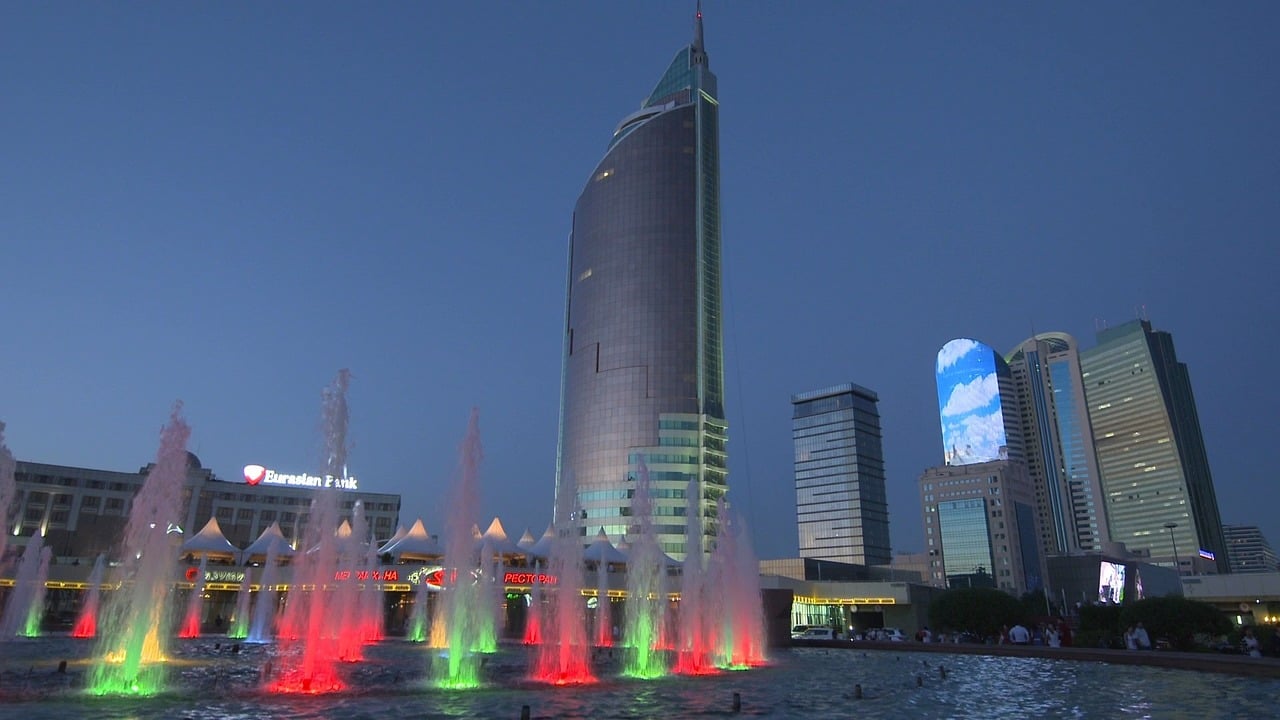-
Banking on Islam: Central Asia’s future in the world of Islamic finance

Central Asia’s financial institutions have slowly aligned with the Middle Eastern world of Islamic banking since the fall the the USSR, and the trend’s only picking up speed.

Central Asia’s financial institutions have slowly aligned with the Middle Eastern world of Islamic banking since the fall the the USSR, and the trend’s only picking up speed.